White Sagebrush (Artemisia ludoviciana) is a perennial plant native to North America, particularly the United States. Also known as Western Mugwort, White Sage, and Cudweed, this plant belongs to the Asteraceae family. The name Artemisia is derived from Artemis, the Greek goddess of the moon and hunting, while ludoviciana refers to the state of Louisiana. White sagebrush thrives in various environments and is well-regarded for its versatility in both natural landscapes and gardening.
| Common name | Western Mugwort, White Sage, White Sagebrush |
| Botanical name | Artemisia ludoviciana |
| Family | Asteraceae |
| Species | ludoviciana |
| Origin | North America |
| Life cycle | Perennial |
| Plant type | Herbaceous Perennial |
| Hardiness zone | 4, 5, 6, 7, 8, 9, 10 |
| Sunlight | Full Sun |
| Drainage | Well-Drained |
| Growth rate | Medium |
| Spacing | 12 in. – 3 ft. |
| Harvest time | Summer |
| Flowering period | Spring |
| Height | 2 ft. – 3 ft. |
| Flower color | Gold, Yellow |
| Leaf color | Gray, Silver |
| Fruit color | Brown, Copper |
| Fruit type | Achene |
| Leaf benefit | Edible |
| Garden style | Children’s Garden |
| Uses | Recreational Play Area |
I. Appearance and Characteristics
Artemisia ludoviciana is a North American species of flowering plant in the daisy family Asteraceae, known by several common names, including silver wormwood, western mugwort, Louisiana wormwood, white sagebrush, lobed cud-weed, prairie sage, and gray sagewort.
Ludoviciana is the Latinized version of the word Louisiana.
The plant is native to North America where it is widespread across most of the United States, Canada, and Mexico. Some botanists suggest that eastern United States populations have been introduced from the western and central part of the continent. Its habitats include dry slopes, canyons, open pine woods, and dry prairies.
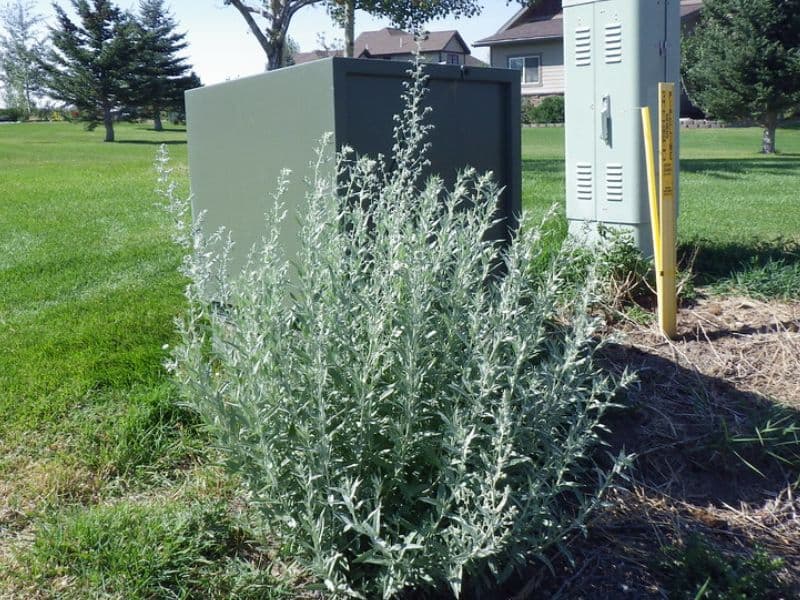
Artemisia ludoviciana is a rhizomatous perennial growing to heights of 0.3–1.0 m (0.98–3.28 ft). The stems bear linear leaves up to 11 cm long. The stems and foliage are covered in woolly gray or white hairs. The top of the stem is occupied by a narrow inflorescence of many nodding (hanging) flower heads. Each small head is a cup of hairy phyllaries surrounding a center of yellowish disc florets and is about 0.5 cm wide. The fruit is a minute achene. Flowers bloom July to October.
A. ludoviciana is cultivated as an ornamental plant. Being rhizomatous, it can spread aggressively in some climates and gardens. It grows in dry to medium moisture and well-drained soil. It requires full sun.
Popular cultivars include ‘Valerie Finnis’ and ‘Silver Queen’. Both are hardy to USDA zone 4. ‘Valerie Finnis’ has held the Royal Horticultural Society’s Award of Garden Merit since 1993.
II. How to Grow and Care
Sunlight
White sagebrush thrives in full sun conditions, basking in at least six hours of direct sunlight daily to promote robust growth and maintain its health. Despite its preference for intense light, white sagebrush exhibits resilience under partial sun, although reduced light may impact its vigor and floral development.
Adaptive traits, including its silvery foliage, reflect sunlight and mitigate heat stress, allowing white sagebrush to endure sunny environments effectively. Typically an outdoor plant, white sagebrush flourishes best in open areas that receive ample daylight, emphasizing its utility in xeriscaping and as a durable landscape specimen.
Temperature
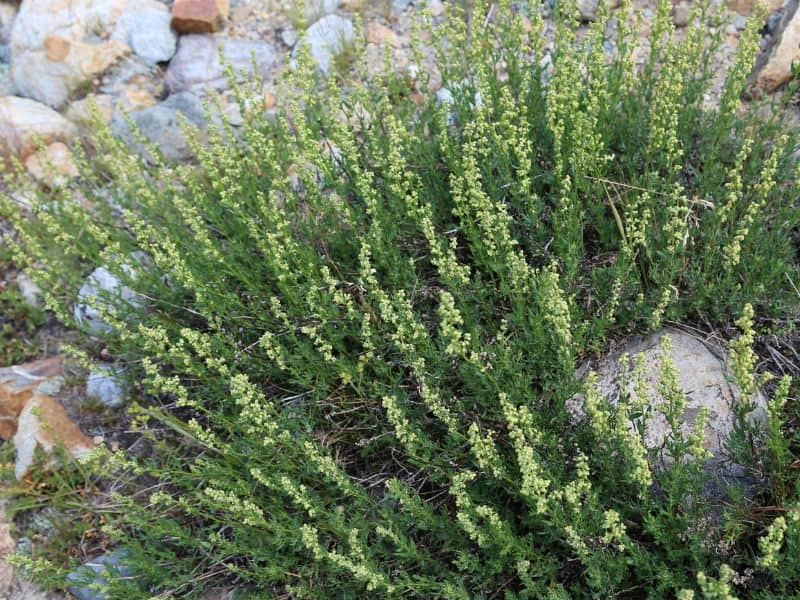
As part of Artemisia genus, white sagebrush is hardy due to the wide distribution of this genus – they can be found from temperate to tropical climate zones on both hemispheres, most commonly in semiarid and arid habitats.
White sagebrush is drought-tolerant, just like most perennials with silver-gray leaves (i.e. foliage is covered by silver hairs that can suppress evaporation), and do not have any specific water requirements.
Watering
Thriving in arid environments, white sagebrush is well-adapted to withstand prolonged dry periods, making it a drought-tolerant species. In its native habitat, this plant experiences infrequent rainfall and has evolved to conserve water effectively. Its watering regimen should mimic these conditions with watering once every 1-2 weeks. As white sagebrush is more commonly grown outdoors, it benefits from a well-draining soil that emulates its natural dry setting, ensuring that excess moisture does not lead to root rot.
Soil
White sagebrush does not have any specific requirements when it comes to soil structure and pH, but they will not develop well in very rich and heavy soils. It is best if the soil is poor to moderately fertile and well-drained with a small to moderate amount of moisture.
Fertilizing
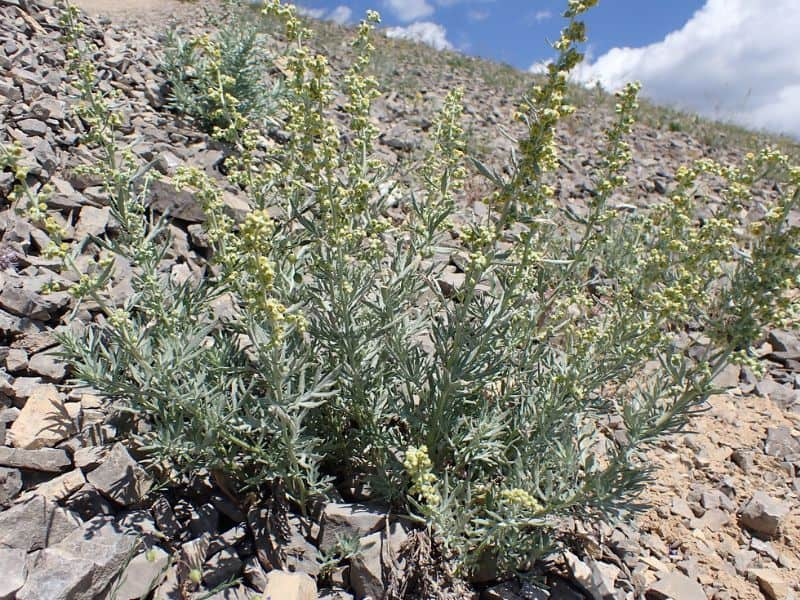
For the robust growth of white sagebrush, a balanced nutrition fertilizer is suitable, applied semi-annually in spring and fall. Fertilization aids in vigorous foliage and strengthens root systems. Use a light hand; excessive application can harm white sagebrush. Seasonal adjustments correlate with growth; during active phases, moderate fertilizing is beneficial, while in dormancy, it’s rarely required.
Practical tip: Dilute fertilizer to half the recommended strength to prevent burn. Always water white sagebrush after fertilizing to distribute nutrients evenly.
Pruning
Pruning method is quite different for different species and cultivars. Generally, you can cut your Artemisia plants back to the base in fall or spring to encourage growth in the following year. While with evergreen or late-flowering species such as tree wormwood (Artemisia arborescens) and sweet wormwood (A. vallesiaca), pruning should be performed in early spring, when there is no danger of frost, but before the new growth starts. Remove wilt flowers as well as dead branches, and leave only new shoots.
If the plant is not pruned, it can get really tall (1.5 to 1.8 m). Trimming some terminal leaves and branches in summer can return the plants that grow wild into a more favorable shape. If the plants get very bushy and thick, the air between the leaves will become more humid – favorable for powdery and downy mildew to develop.
Thinning out the plants a little bit to improve the airflow and prevent these diseases. More intensive thinning is necessary if the plants are grown in very humid climates.
Besides, it is very important to wear gloves while pruning white sagebrush because its repelling chemicals can also irritate the skin.
Propagation
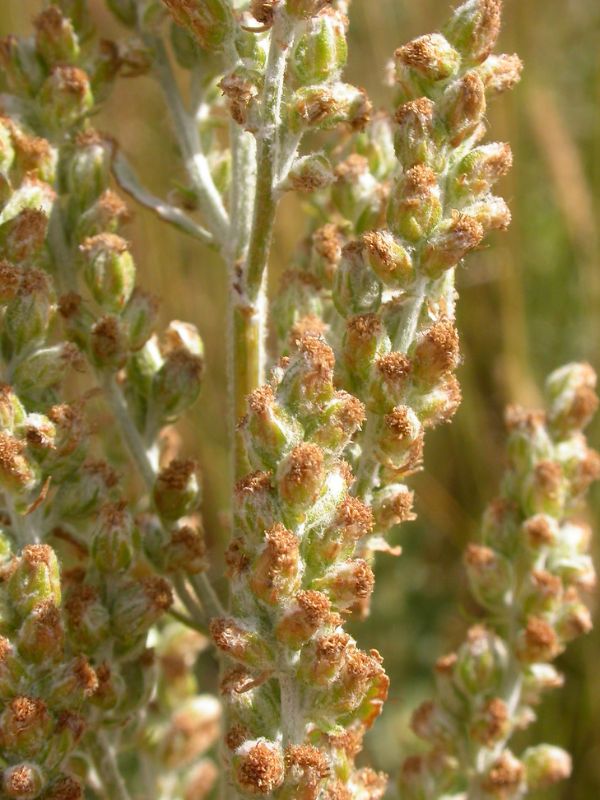
White sagebrush is ideally propagated through division in spring or autumn. Its propagation can be moderately challenging. Signs of successful propagation include new growth and root development. Ensure proper soil and moisture conditions for best results.
Transplanting
The ideal season to transplant white sagebrush is during late spring to early summer (S3-S5). The warmth and increased daylight foster robust growth. White sagebrush thrives in sunny and well-drained locations. When transplanting, ensure the root ball remains intact to minimize stress on the plant.
Repotting
Ideal for repotting every 2-3 years, white sagebrush thrives when given fresh soil to accommodate its moderate root system. Aim for spring, just as growth resumes. Select a container slightly larger than the previous to ensure space without overpotting. Post-repotting, white sagebrush benefits from a sunny location with well-draining soil. With minimal care, watch your white sagebrush flourish in its new home.
III. Uses and Benefits
- Ornamental uses
With its tall growth, spreading habit, and silvery, densely packed narrow leaves, white sagebrush creates a great backdrop for plants with colorful flowers. However, since it tends to grow in an invasive manner, it makes a poor choice for borders and herb gardens, where it would choke out other herbs. Instead, white sagebrush works much better in empty, isolated areas, where it can spread and naturalize.

- Medicinal uses
Indigenous tribes across the continent use the species as a medicinal plant, a source of fiber for crafting household items, and for ceremonial purposes. The Dakota people use this plant in smudging rituals to protect against maleficent spirits. The Apache, Chiricahua and Mescalero use it for spices, while the Blackfoot tribe use it as a drug for dermatological use.
The Cree and Blackfoot tribes use it in sweat lodges and the sun dance. Gros Ventre also uses it for skin curing and as medicine against cold, because it is also antipyretic. The Meskwaki and Potawatomi use a tea made from this species as a treatment for sore throat and tonsillitis.
IV. Harvesting and Storage
You can harvest white sagebrush as the air-dried herbal aroma. Simply cut white sagebrush branches of more than 20 cm long, tie them together at the bottom with a string, and hang the bunch upside down where cool and shaded to dry it out. You may need to tighten the string every several days and will get a fragrant bunch of dry herb after 3-4 weeks.
Find Where to Buy the Best White Sagebrush (Artemisia ludoviciana)





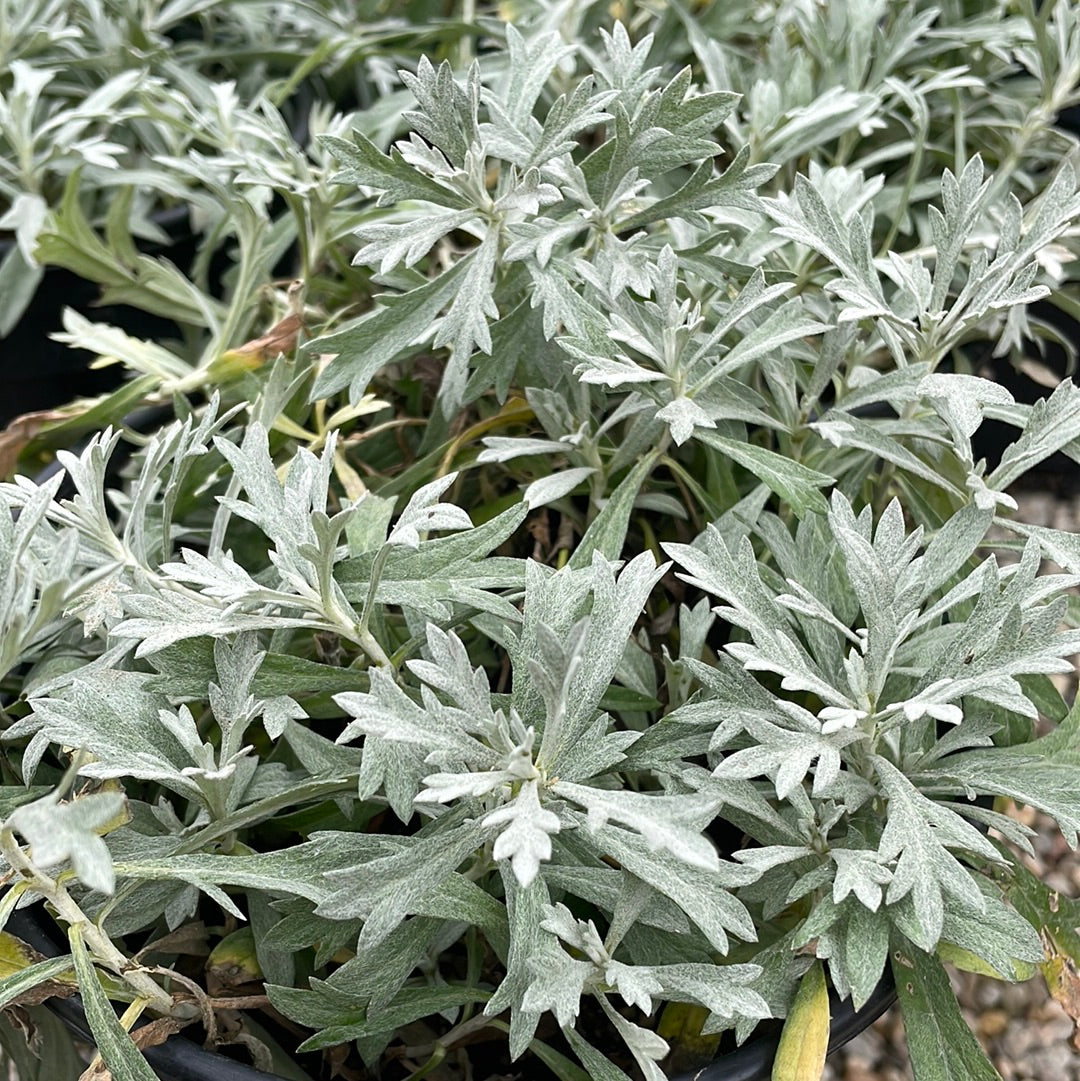



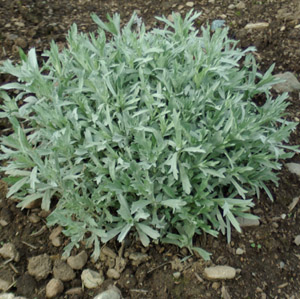

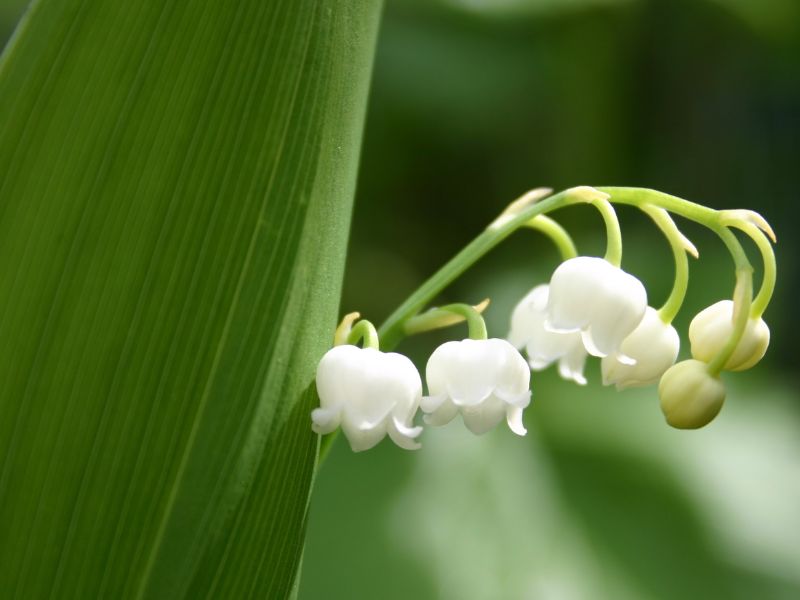
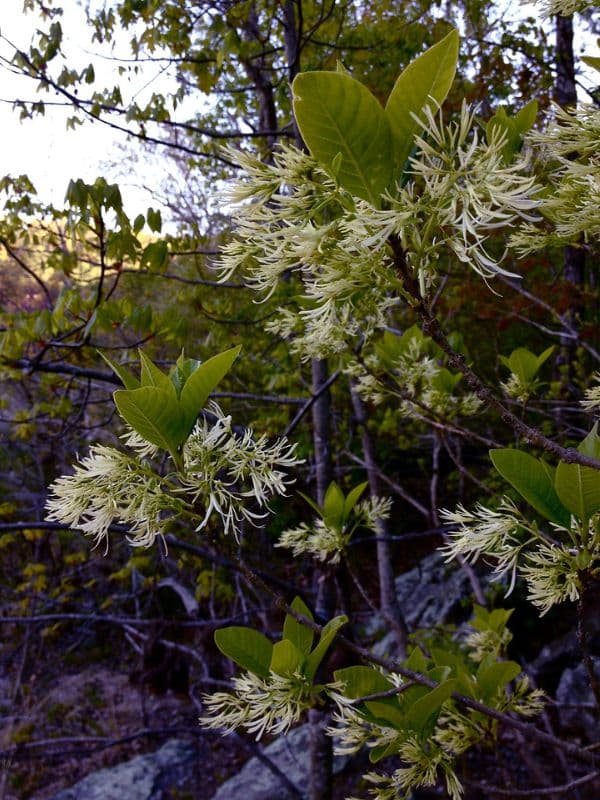
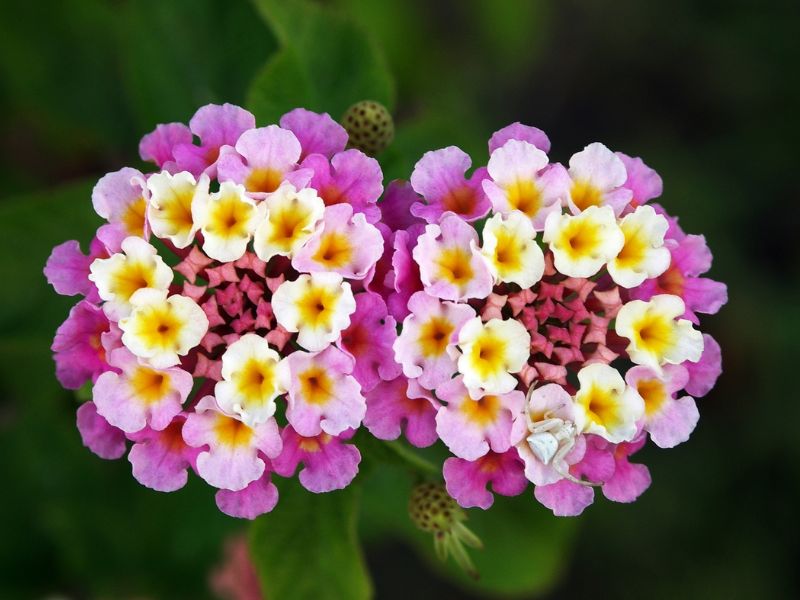
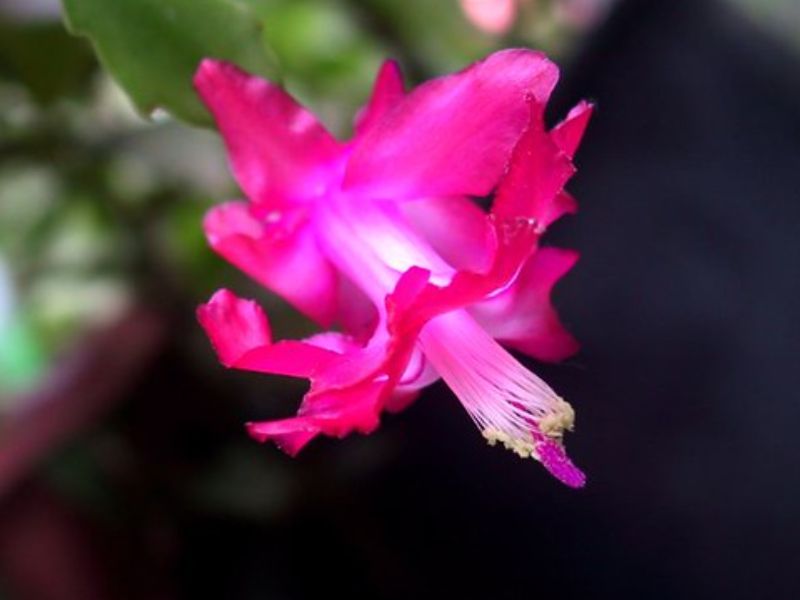
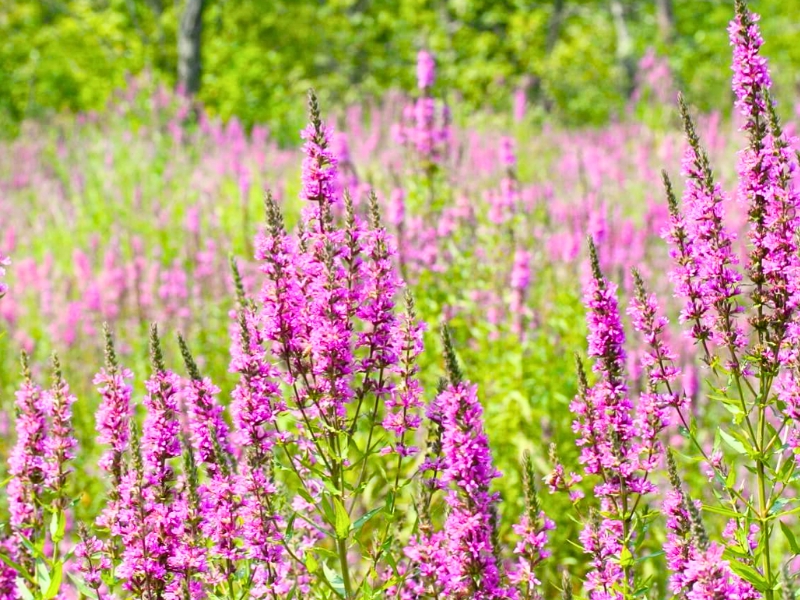
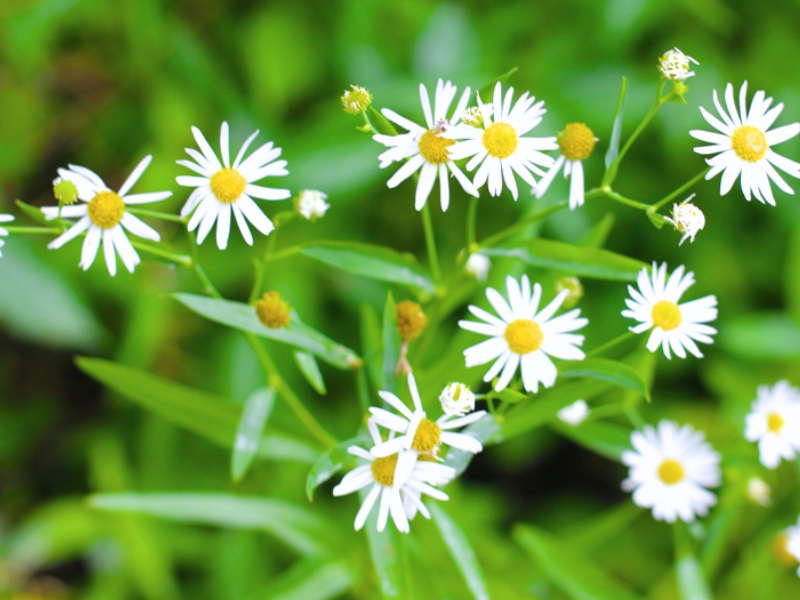
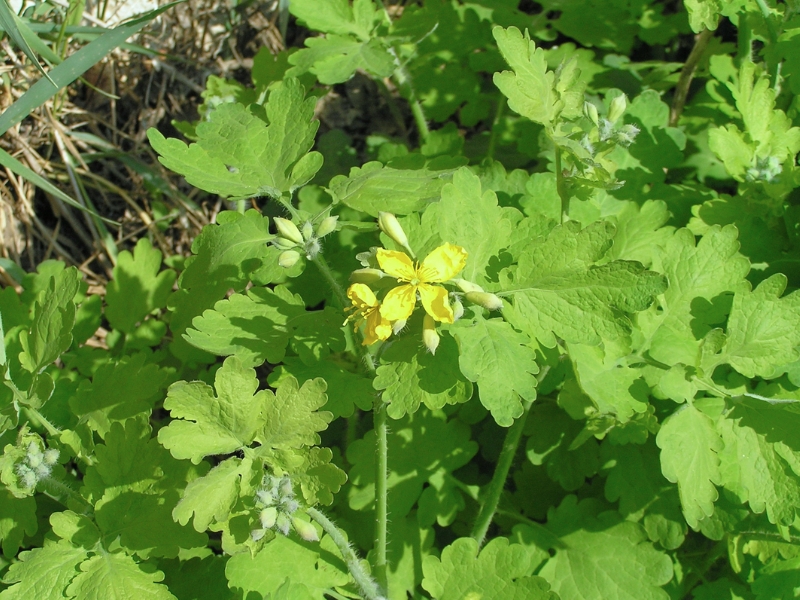
Leave a Reply